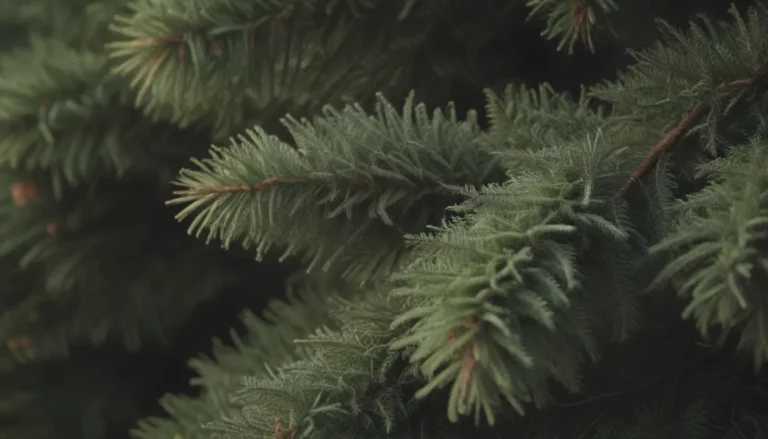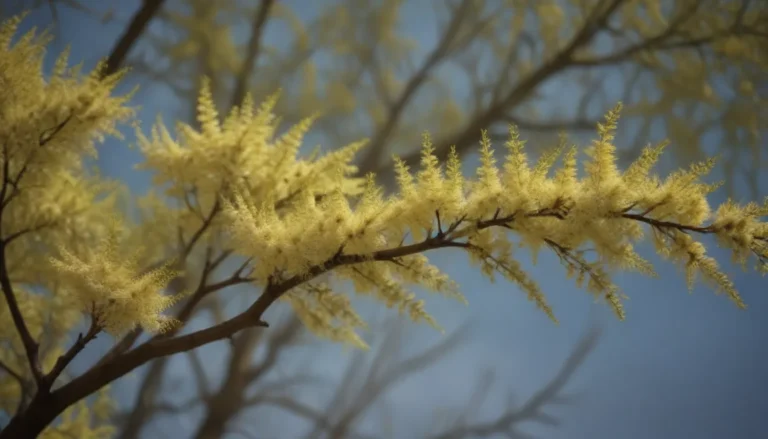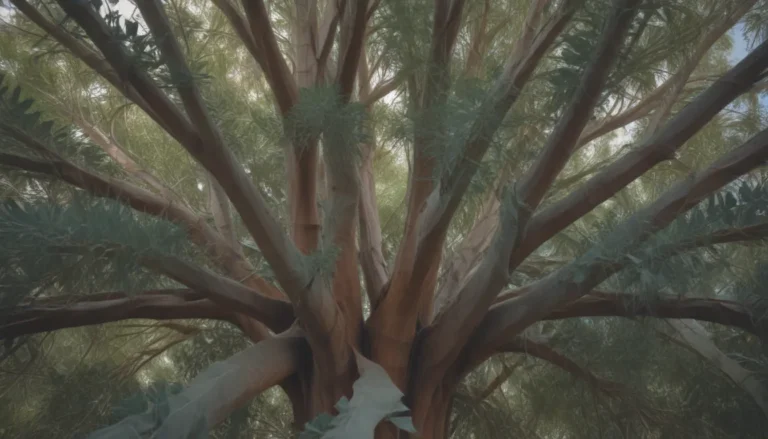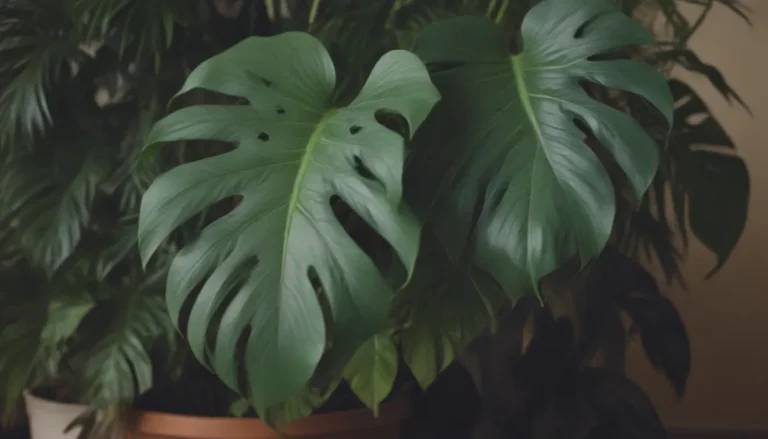Comprehensive Guide on Growing and Caring for a Cedar of Lebanon Tree
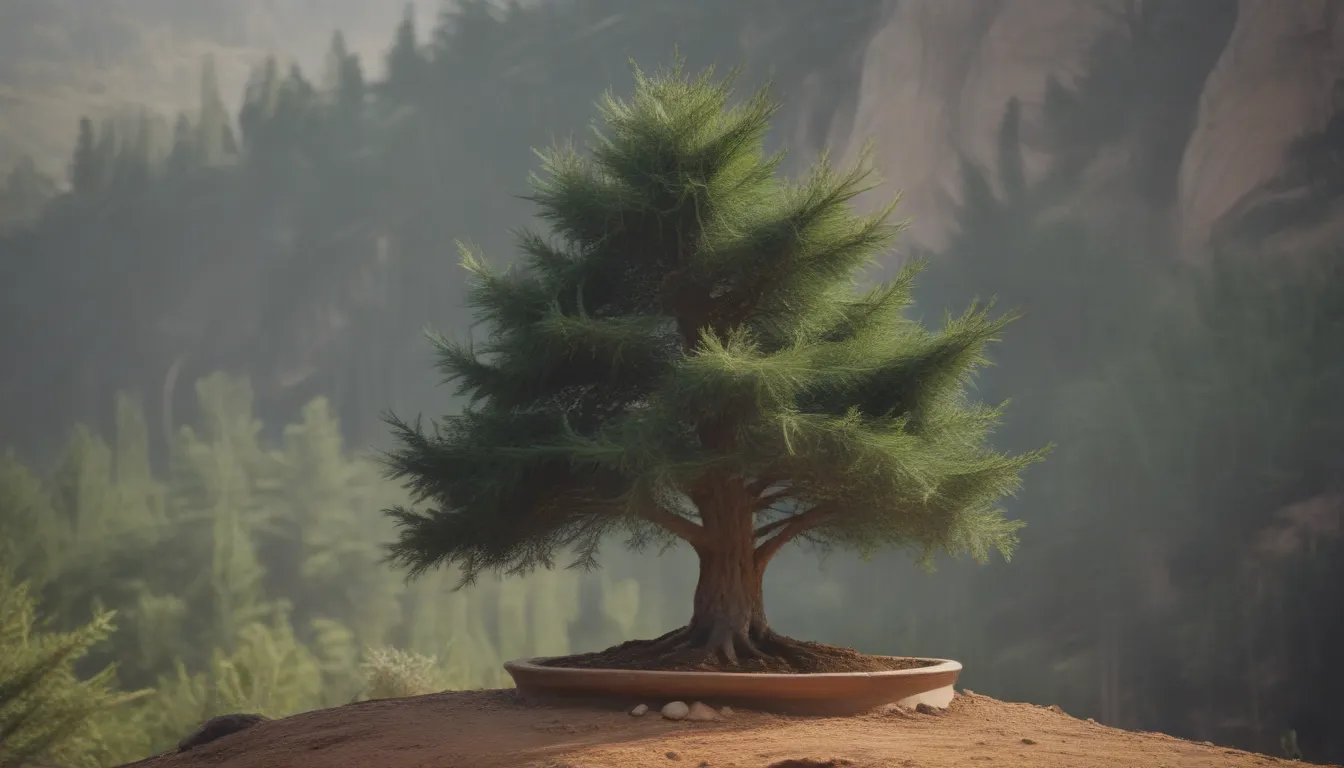
Are you looking to add a majestic evergreen conifer to your landscape? The Cedar of Lebanon is a stunning choice that can grow over 100 feet tall, creating a beautiful focal point in your yard. In this comprehensive guide, we will walk you through everything you need to know about growing and caring for a Cedar of Lebanon tree.
Introduction to Cedar of Lebanon
The Cedar of Lebanon is native to the eastern Mediterranean region and thrives in cold temperatures with full sun. This pyramid-shaped tree features rich green needles and a fragrant aroma, making it a popular choice for large landscapes. Planting a Cedar of Lebanon requires careful consideration, as it is a long-lasting tree with specific needs.
Lebanese Cedar Care
To ensure your Cedar of Lebanon thrives, here are some key care tips to keep in mind:
Light
- Plant your Cedar of Lebanon in a spot with at least 8 to 10 hours of sunlight daily.
- Ensure the tree is not shaded by other trees to receive ample sunlight for proper growth.
Soil
- Cedar of Lebanon trees prefer acidic soil but can also tolerate neutral and alkaline pH levels.
- Plant the tree in moist but well-drained soil to prevent root rot.
Water
- Water your Cedar of Lebanon deeply at least once a week, especially during its first few years of life.
- Avoid letting the soil dry out to ensure the tree remains healthy.
Temperature and Humidity
- Cedar of Lebanon trees are adaptable to a wide range of temperatures, from high heat in summer to low temperatures in winter.
- They can withstand varying humidity levels with ease.
Fertilizer
- Use a slow-release, all-purpose fertilizer from the end of winter to the end of spring.
- Consider choosing a fertilizer rich in phosphorous during the tree’s first two years to promote strong root growth.
Types of Lebanese Cedar
There are dwarf varieties of Lebanese cedar suitable for bonsai growing, including:
- C. libani ‘Green Prince’
- C. libani ‘Katere’
Pruning
While Cedar of Lebanon trees can be pruned to form a central leader, multiple leaders can also create an attractive shape. Pruning should be done in the fall and is generally unnecessary unless for aesthetic or safety reasons.
Propagating Lebanese Cedar
Propagation of Cedar of Lebanon is best done from seed, as cuttings are challenging to root successfully.
How to Grow Lebanese Cedar From Seed
Growing Cedar of Lebanon from seed requires patience but can be a rewarding process for dedicated gardeners.
Potting and Repotting Lebanese Cedar
Though larger Cedar of Lebanon trees are not suitable for pots, dwarf varieties can be trained as bonsai for a unique and compact display.
Overwintering
Cedar of Lebanon trees are hardy to USDA zone 5 and do not require winter protection. However, potted bonsai trees may need insulation for their roots during colder months.
Common Pests & Plant Diseases
While Cedar of Lebanon trees are generally resilient, a few common issues may arise:
- Aphid attacks can be managed naturally by introducing ladybugs or washing off with water.
- Root rot may occur in poorly draining soil but can be prevented by maintaining good soil conditions.
Common Problems with Lebanese Cedar
If you notice browning needles on your Cedar of Lebanon tree, it could be a sign of pests like weevils or spider mites. Treat the tree with insecticidal soap and take preventive measures in the spring to avoid infestations.
In its native mountain climate, the Cedar of Lebanon receives ample precipitation in winter and can withstand drought in the summer. With slow growth of about 10 to 15 inches per year, these trees are known for their longevity, with some living up to 600 years.
For more information on Cedar of Lebanon trees, you can refer to research sources such as Forest Research by the UK Government, North Carolina Cooperative Extension, and The Woodland Trust.
By following these care tips and guidelines, you can enjoy a thriving Cedar of Lebanon tree in your landscape for years to come. Happy planting!


